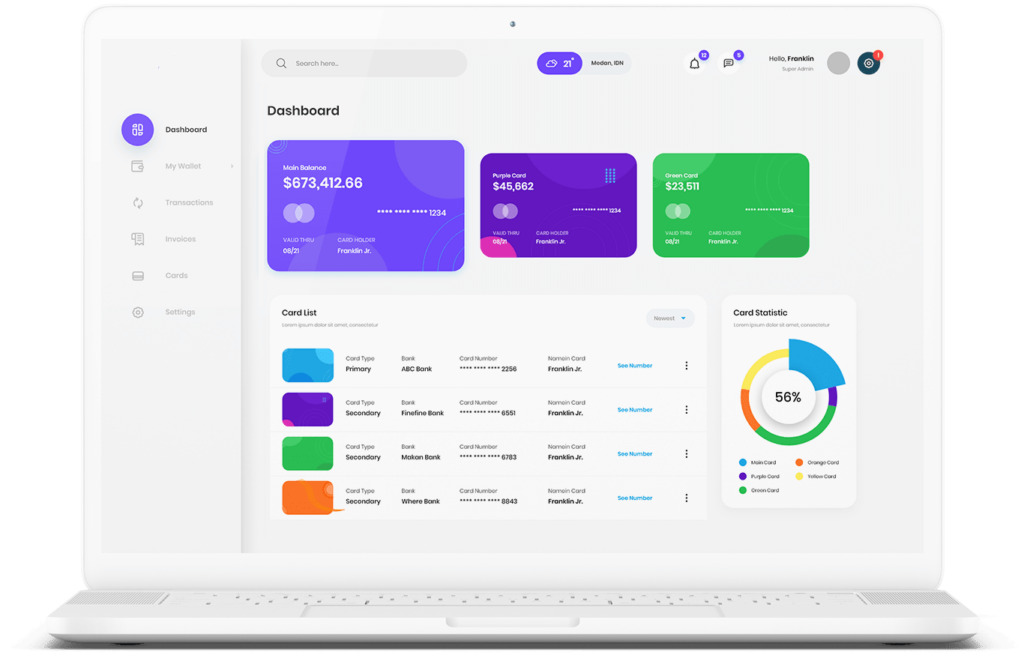Introduction to Fintech
Defining Fintech
Fintech, short for financial technology, refers to the utilization of technology to create and deliver innovative financial services and products. It encompasses a broad range of applications, including payments, lending, investment management, and insurance.
Evolution of Fintech
The roots of Fintech can be traced back to the late 20th century, when the internet and e-commerce gave rise to the first online payment platforms. The early 2000s witnessed further growth with the introduction of mobile banking and payment apps. Since then, Fintech has rapidly evolved, driven by technological advancements and the increasing demand for accessible and efficient financial services.
Fintech’s Impact on the Financial Sector
Fintech has revolutionized the financial sector by offering innovative solutions that enhance efficiency, reduce costs, and improve customer experiences. Consequently, Fintech companies have gained significant market share, challenging traditional financial institutions to adapt or face obsolescence.
Overview of Traditional Payment Systems
Traditional Payment Systems Explained
Cash transactions:
Cash remains widely used, particularly in developing countries and among the unbanked population.
Cheques:
Paper-based instruments enabling fund transfers between e-money accounts. However, their popularity has waned due to the rise of electronic payments.
Credit and debit card payments:
Card-based systems facilitated by networks like Visa and Mastercard, allowing customers to make purchases using funds from e-money accounts or borrowed from financial institutions.
e-Money Account transfers:
Electronic transfer of funds between e-money accounts, commonly used for larger and recurring payments.
Limitations and Challenges of Traditional Payment Systems
Traditional payment systems face several challenges:
Security concerns:
Traditional systems can be vulnerable to fraud, theft, and cyberattacks, leading to financial losses and reduced consumer trust.
High transaction fees:
Intermediaries involved in traditional systems often result in high fees for consumers and businesses.
Inefficiency and slow processing times:
Multiple parties and complex processes in traditional systems can lead to slow transaction processing, particularly in cross-border transactions.
Limited accessibility for the unbanked population:
Traditional systems often require access to e-money accounts, leaving millions without basic financial services.
Disruptive Fintech Innovations in Payment Systems
Digital wallets and mobile payments
Key players (e.g., Apple Pay, Google Wallet, Samsung Pay):
Digital wallets and mobile payment apps enable users to securely and conveniently store and manage payment information, facilitating transactions through smartphones and other devices.
Benefits and convenience for consumers and businesses:
Digital wallets provide improved security, faster transactions, and reduced reliance on cash, appealing to both consumers and businesses.
Cryptocurrencies and blockchain technology
Introduction to cryptocurrencies and blockchain:
Cryptocurrencies, such as Bitcoin and Ethereum, are digital assets that leverage blockchain technology to enable secure and decentralized transactions without intermediaries.
Impact on cross-border transactions and remittances:
Cryptocurrencies can facilitate faster and cheaper cross-border transactions, presenting an alternative to traditional remittance services.
Peer-to-peer (P2P) payment platforms
Overview of P2P payment systems (e.g., PayPal, Venmo, Square Cash):
P2P payment platforms allow individuals to easily transfer funds between one another, often using mobile devices, without traditional financial institutions as intermediaries.
Advantages of P2P payment systems:
P2P platforms offer lower transaction fees, faster processing times, and increased convenience compared to traditional payment systems.
Open banking and application programming interfaces (APIs)
Overview of open banking and
APIs:
Open banking involves sharing financial data between e-money accounts and third-party providers via secure APIs. This enables Fintech companies to access banking information, fostering the development of innovative financial products and services.
Potential for improved financial management and personalized services:
Open banking can lead to personalized and efficient financial management tools, increased competition, better products, and lower costs for consumers.
Response of Traditional Financial Institutions to Fintech Disruption
Partnerships and collaboration with Fintech companies
Strategic alliances:
Traditional financial institutions form partnerships with Fintech companies to leverage their technology and expertise, enhancing their own products and services.
Investments in Fintech startups:
Traditional financial institutions invest in Fintech startups to gain a foothold in the evolving market and access new technologies and innovations.
Development of in-house Fintech solutions
Adoption of digital-first strategies:
To remain competitive, traditional financial institutions develop their own digital solutions, such as mobile banking apps and digital wallets, to meet changing customer needs.
Modernization of legacy systems:
Traditional financial institutions invest in upgrading existing systems and processes to improve efficiency, reduce costs, and enhance customer experiences.
Regulatory Considerations in the Fintech Revolution
Role of regulators in fostering innovation and protecting consumers
Balancing innovation and consumer protection:
Regulators play a crucial role in ensuring that Fintech innovation occurs while safeguarding consumers from potential risks associated with new technologies.
Adaptation of regulatory frameworks:
As the Fintech sector evolves, regulators must adapt existing frameworks and establish new rules to accommodate new technologies and business models, ensuring financial system stability and security.
Data privacy and security concerns
Importance of data protection:
With increased reliance on digital technologies, data privacy, and security have become significant concerns for consumers and regulators.
Regulation of data usage and storage:
Regulators must ensure that Fintech companies adhere to strict data protection standards, and consumers are well-informed about how their data is used and stored.
Conclusion
The Fintech revolution has significantly transformed traditional payment systems, offering innovative solutions that improve efficiency, reduce costs, and enhance customer experiences. Traditional financial institutions must adapt by forming strategic partnerships, investing in new technologies, and modernizing legacy systems. Regulators must balance innovation with consumer protection and financial system stability. By embracing the potential of Fintech, companies like XBramp, an electronic money institution, can reshape the financial landscape, providing accessible, secure, and efficient payment solutions. XBramp and similar companies are at the forefront, demonstrating how innovative approaches can revolutionize business transactions and financial management in the digital age.
Don’t miss out on the benefits offered by XBramp! Experience the convenience, security, and efficiency of a tailored digital financial solution by opening an account with XBramp today. Join the community of businesses and individuals embracing the Fintech revolution to transform their financial lives. Sign up now to discover firsthand our innovative services. Take control of your financial future with XBramp and explore how our cutting-edge platform can elevate your personal and business transactions. Act now and be part of the Fintech revolution!

